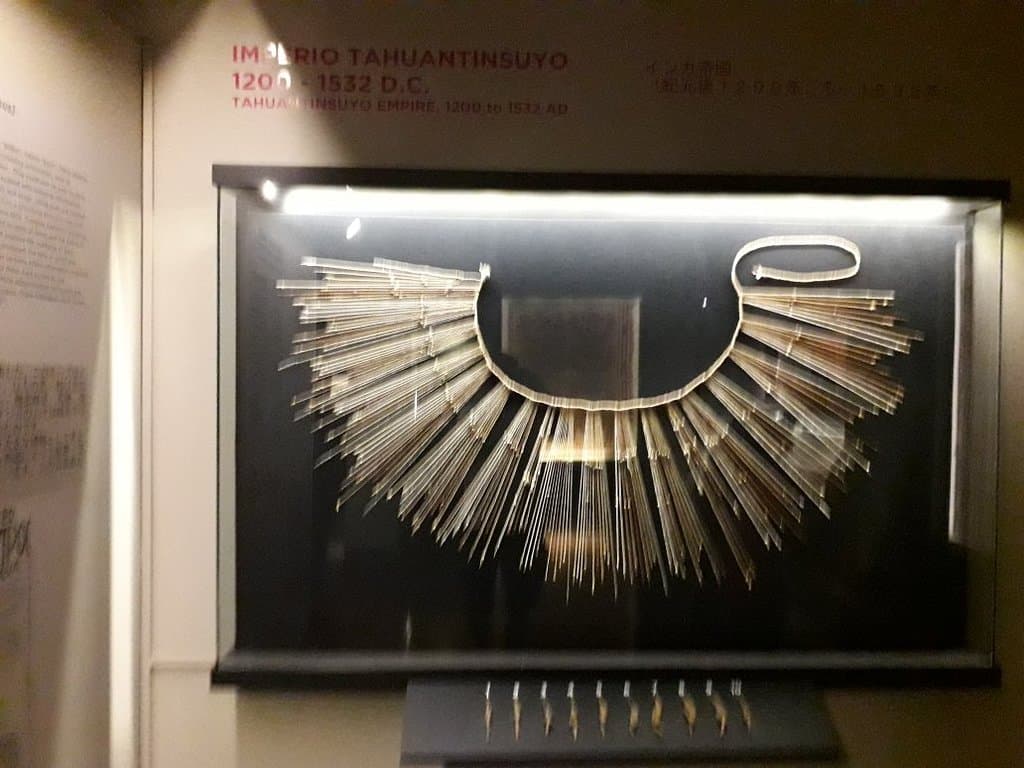
Amano Pre-Columbian Textile Museum Lima
Discover ancient Peruvian artistry at the Amano Museum, showcasing exquisite pre-Columbian textiles and artifacts.

Highlights
Must-see attractions

Social
From TikTok & Reddit
Best Time
Fewer crowds, more personal viewing

Amano Pre-Columbian Textile Museum Lima
Best Time
Fewer crowds, more personal viewing

Highlights
Must-see attractions
Discover ancient Peruvian artistry at the Amano Museum, showcasing exquisite pre-Columbian textiles and artifacts.
"One of the most amazing museums I've ever been to! The textiles are out of this world. "
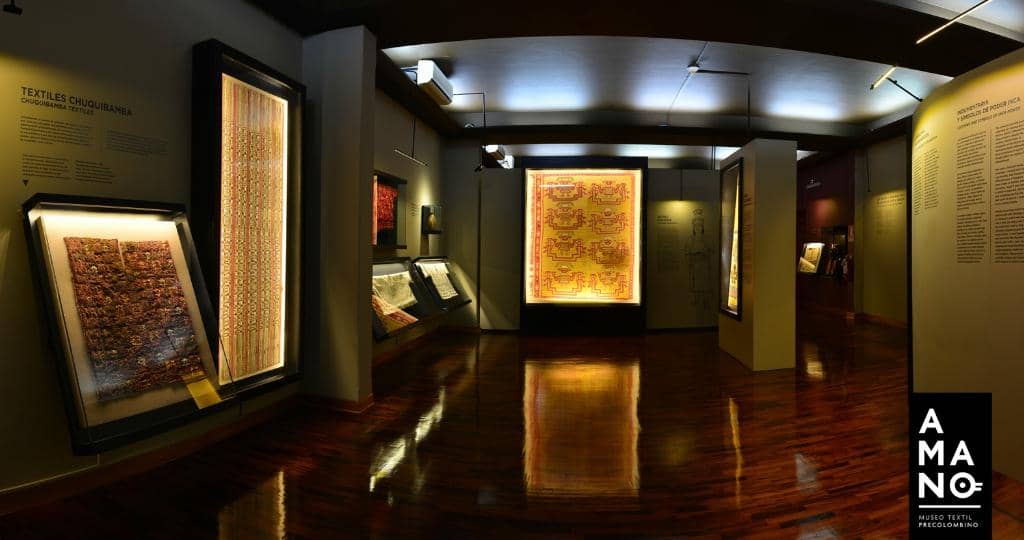
Don't Miss the Cafe ☕
The museum cafe is praised for its plants and carrot cake.
Appreciate the Fine Detail :thread:
The intricate details of the textiles are astounding; take your time to truly see them.
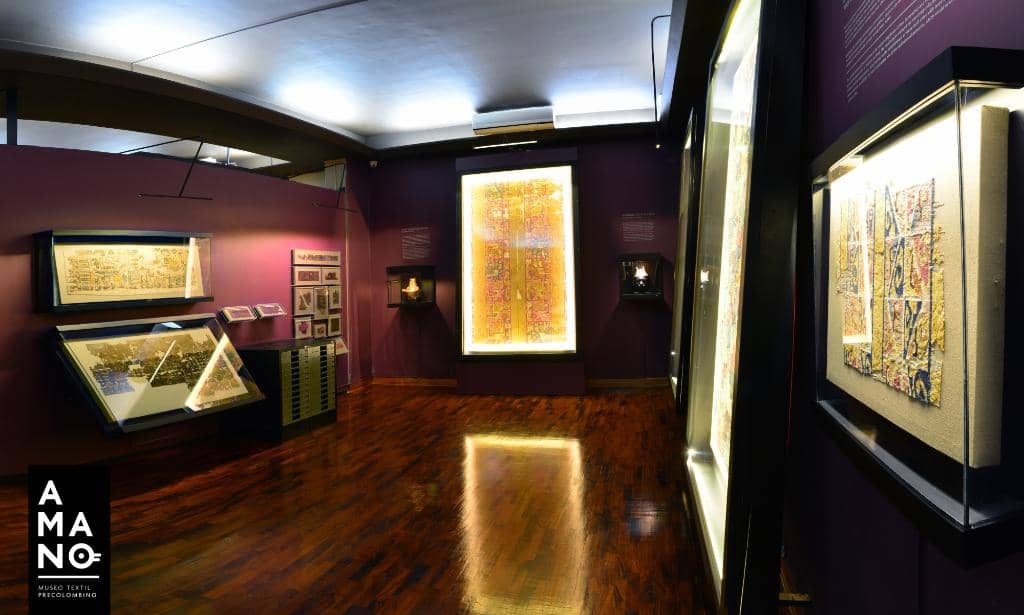
Highlights
Discover the most iconic attractions and experiences

Pre-Columbian Textile Masterpieces
Marvel at incredibly detailed and vibrant textiles from ancient Peruvian cultures like Paracas and Nazca.

Huari and Chimú Culture Exhibits
Explore the artistry of the Huari and Chimú civilizations through their unique textile designs and ceramics.

Museum Cafe and Ambiance
Enjoy the serene atmosphere and beautiful plants in the museum cafe, a perfect spot to reflect.
Plans like a pro.
Thinks like you
Planning Your Visit
Book Your Visit in Advance
Allow Ample Time for Appreciation
Best Times
Insider Tips
from TikTok, Instagram & Reddit
Don't Miss the Cafe ☕
The museum cafe is praised for its plants and carrot cake.
Appreciate the Fine Detail :thread:
The intricate details of the textiles are astounding; take your time to truly see them.
Consider a Guided Tour :microphone:
For deeper understanding, a guided tour can enhance your appreciation of the artifacts.
Entrance Fee Around 35 Soles :moneybag:
Expect an entrance fee, often around 30-35 Peruvian Soles.
Tips
from all over the internet
Don't Miss the Cafe ☕
The museum cafe is praised for its plants and carrot cake.
Appreciate the Fine Detail :thread:
The intricate details of the textiles are astounding; take your time to truly see them.
Consider a Guided Tour :microphone:
For deeper understanding, a guided tour can enhance your appreciation of the artifacts.
Entrance Fee Around 35 Soles :moneybag:
Expect an entrance fee, often around 30-35 Peruvian Soles.
Miraflores Location :round_pushpin:
Conveniently located in Miraflores, making it easy to combine with other city explorations.
What Travellers Say
Reviews Summary
Visitors consistently praise the Amano Museum for its stunning collection of ancient Peruvian textiles, highlighting the incredible detail and artistry. The well-curated exhibits and serene atmosphere are frequently mentioned as positives. Some wish for more detailed information on individual pieces, but the overall experience is considered highly worthwhile and a unique cultural immersion.
"Well worth visiting with an entrance fee of 35Sol. There are 2 rooms housing historical and cultural textiles and ceramics, displayed clearly and professionally."
Wing Chan
"One of the most amazing museums I've ever been to! The plants alone in the cafe are worth a visit. Make sure to eat their carrot cake there and take notice of the museum pot exhibiting an exotic spotted cat 🐈 as a pet. The textiles obviously are out of this world and the level of fine detail will make you question if truly done by hand!"
Art Science Wonder
"A not miss museum in Miraflores, Peru. Beautiful exhibit of first class textiles made by the pre columbian civilization of Peru. Expertly curated and presented items tell a story of the creativity and skill of ancient Peruvian civilizations"
Raul Cuellar
What People Like
What People Dislike
Frequently Asked Questions
🚇 🗺️ Getting There
The Amano Museum is located in the Miraflores district of Lima. You can easily reach it by taxi or ride-sharing services like Uber or Cabify. Public buses also serve the Miraflores area, but may require some walking to reach the museum itself.
Yes, while direct bus routes might vary, Miraflores is well-connected by public transport. It's advisable to use a navigation app to find the most convenient bus lines to the Miraflores area, followed by a short walk or a quick taxi ride.
For convenience and comfort, especially if you're coming from areas like Barranco or San Isidro, a taxi or ride-sharing app is highly recommended. This avoids the complexities of navigating Lima's bus system.
Street parking in Miraflores can be challenging. It's often easier to use a taxi or ride-sharing service, or to find a paid parking lot in the vicinity if you are driving.
If your hotel is within Miraflores, walking is a great option to explore the neighborhood. Check your hotel's location relative to the museum on a map to determine the feasibility and estimated walking time.
🎫 🎫 Tickets & Entry
The entrance fee is typically around 30-35 Peruvian Soles. It's always a good idea to check their official website or social media for the most current pricing information.
While not always strictly necessary, booking in advance can be beneficial, especially during peak tourist seasons, to ensure entry and potentially save time.
Opening hours can vary, so it's best to confirm directly with the museum or check their official channels before your visit. Generally, museums in Lima operate during standard daytime hours.
Information on discounts for students, seniors, or children is not widely publicized. It's recommended to inquire directly with the museum staff upon arrival or check their official website for any available offers.
While some museums offer online ticketing, it's not always the case. Check the museum's official website or social media pages for any online booking options. Otherwise, tickets are readily available for purchase at the entrance.
🎫 🏛️ Onsite Experience
The museum showcases stunning pre-Columbian textile art and archaeological materials from various Peruvian cultures, including Nazca, Paracas, Huari, and Chimú.
Most visitors recommend spending at least an hour to fully appreciate the intricate details of the textiles. Some may wish to spend longer, especially if they plan to visit the cafe.
The museum's exhibits are visually rich and can be engaging for older children interested in history and art. However, the delicate nature of the textiles means close supervision is advised.
While not always explicitly advertised, inquiring about guided tours upon arrival might be possible. Some visitors suggest that a guided tour enhances the understanding of the exhibits.
The museum is described as having a calm and well-curated atmosphere, allowing for a peaceful and immersive experience.
🍽️ ☕ Food & Dining
Yes, the museum has a cafe that is highly praised for its beautiful plants and delicious carrot cake. It's a recommended spot to relax after viewing the exhibits.
The cafe is known for its excellent carrot cake and coffee. It offers a pleasant ambiance for a break during your museum visit.
The museum is located in Miraflores, a district known for its wide array of restaurants, cafes, and culinary experiences, ranging from local Peruvian cuisine to international flavors.
Typically, museums do not allow outside food and drinks in exhibition areas to protect the artifacts. It's best to consume any food or beverages in the designated cafe area or outside the museum.
Miraflores offers everything from casual eateries to fine dining. For a luxurious experience, consider restaurants like Astrid y Gastón or Maido (though Maido is in San Isidro, it's a short ride away).
📸 📸 Photography
Photography policies can vary. Generally, non-flash photography might be permitted for personal use, but it's crucial to check for signage or ask museum staff to confirm the rules.
While some visitors have shared photos online, it's best to err on the side of caution. Always look for signs indicating 'No Photography' and respect the museum's rules to preserve the delicate textiles.
Flash photography is almost always prohibited in museums to protect artifacts from light damage. Some exhibits might have specific restrictions, so always be observant of the rules posted.
The intricate patterns and vibrant colors of the ancient textiles are incredibly photogenic. The museum's well-lit displays and the unique designs of pieces from cultures like Paracas and Nazca are particularly captivating.
The museum is located in Miraflores, a district with beautiful parks, colonial architecture, and ocean views. These areas offer excellent opportunities for photography outside the museum.
For Different Travelers
Tailored advice for your travel style
👨👩👧 Families with Kids
💼 Business Travelers
🎨 Art and History Enthusiasts
Deep Dives
In-depth insights and expert knowledge
The Artistry of Ancient Peruvian Textiles
Visitors are often struck by the fine detail and complexity of these ancient works. The level of craftsmanship, achieved without modern tools, is truly astounding. The museum's curation effectively presents these artifacts, allowing visitors to trace the evolution of textile techniques and artistic motifs across different cultures and time periods.
Beyond the Paracas and Nazca, the museum also features textiles from the Huari and Chimú cultures, each with their distinct styles and symbolic representations. These exhibits offer a comprehensive look at the rich textile heritage of Peru, providing a unique window into the beliefs, social structures, and aesthetic values of these ancient societies.
Exploring the Museum's Ambiance and Amenities
A particular highlight for many is the museum cafe. Described as having beautiful plants and a relaxing atmosphere, it's the perfect spot to unwind after exploring the exhibits. The cafe is noted for its delicious carrot cake, making it a worthwhile stop for a refreshment and a moment of reflection.
The museum's location in the vibrant Miraflores district also adds to its appeal. This popular area of Lima is known for its parks, ocean views, and culinary scene, making the Amano Museum an easily accessible and enjoyable part of a broader exploration of the city.

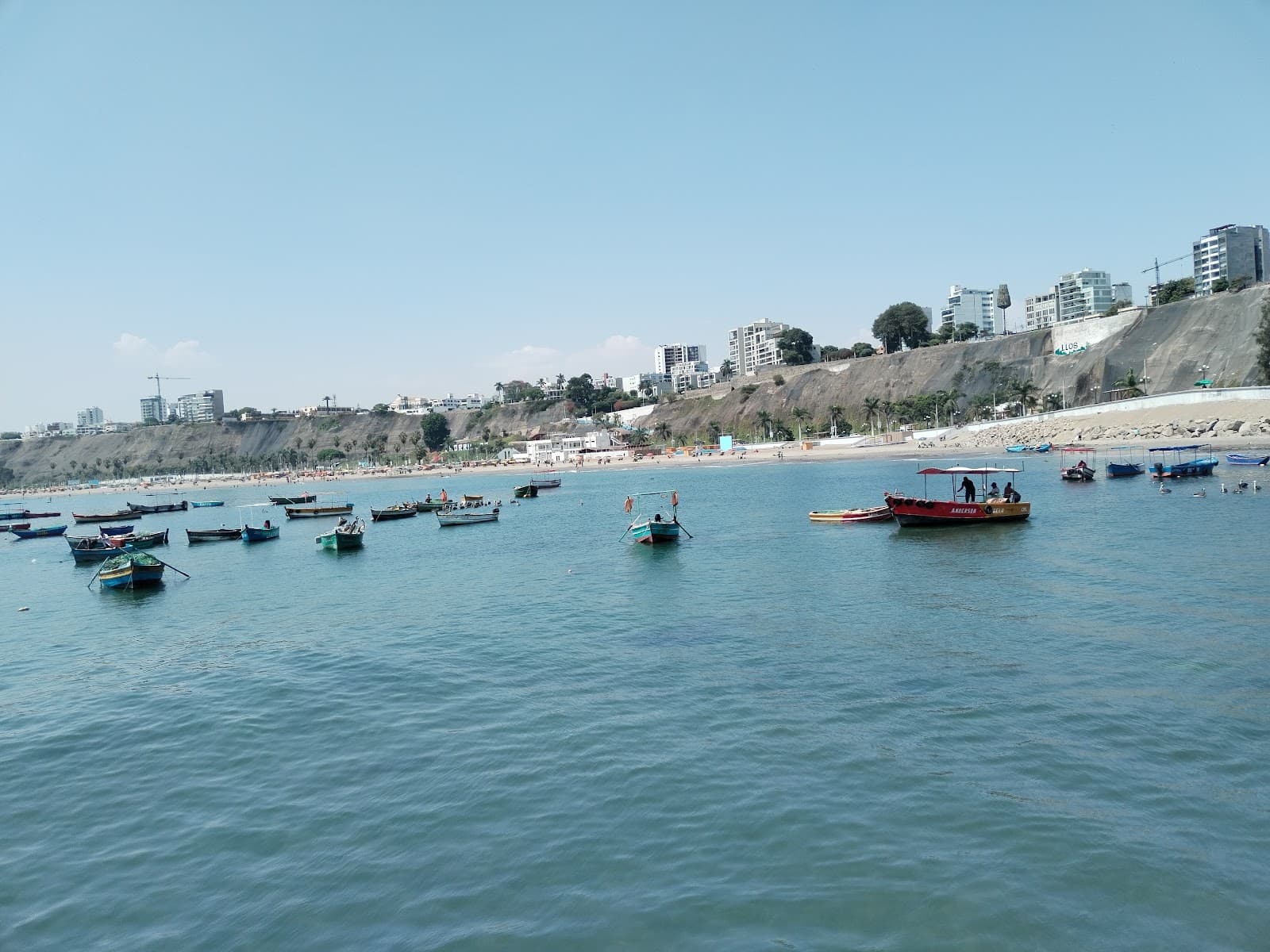
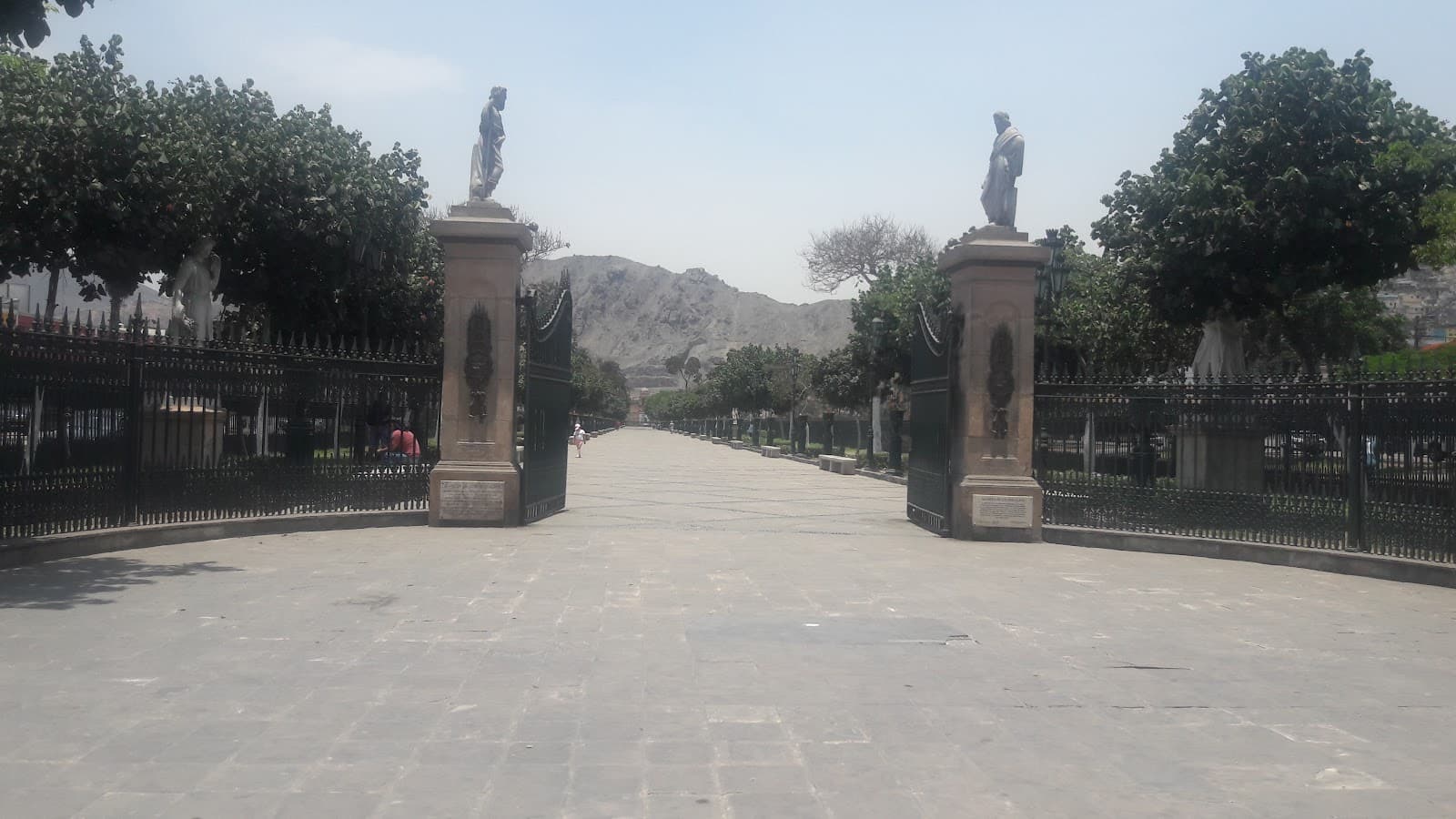
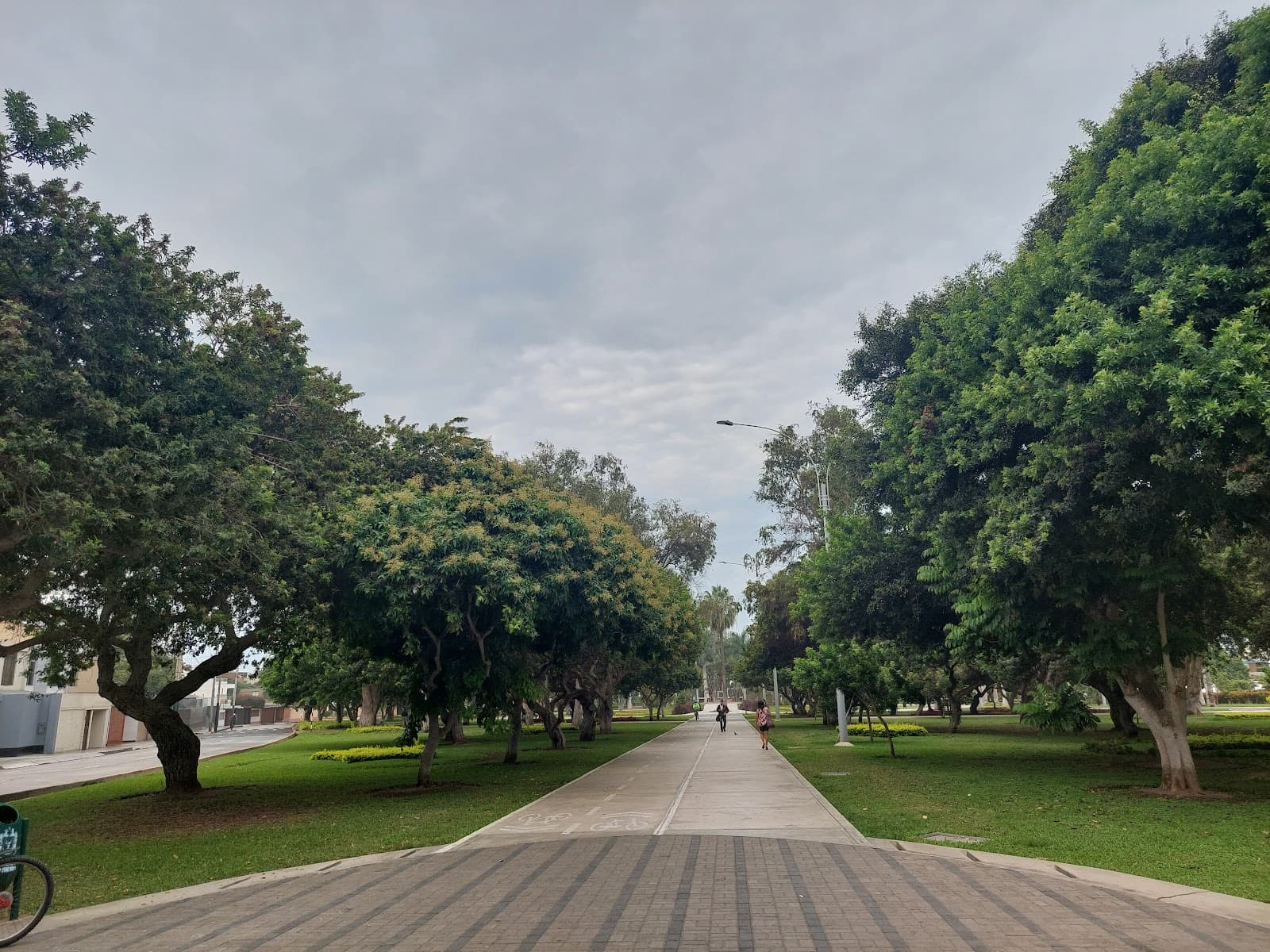
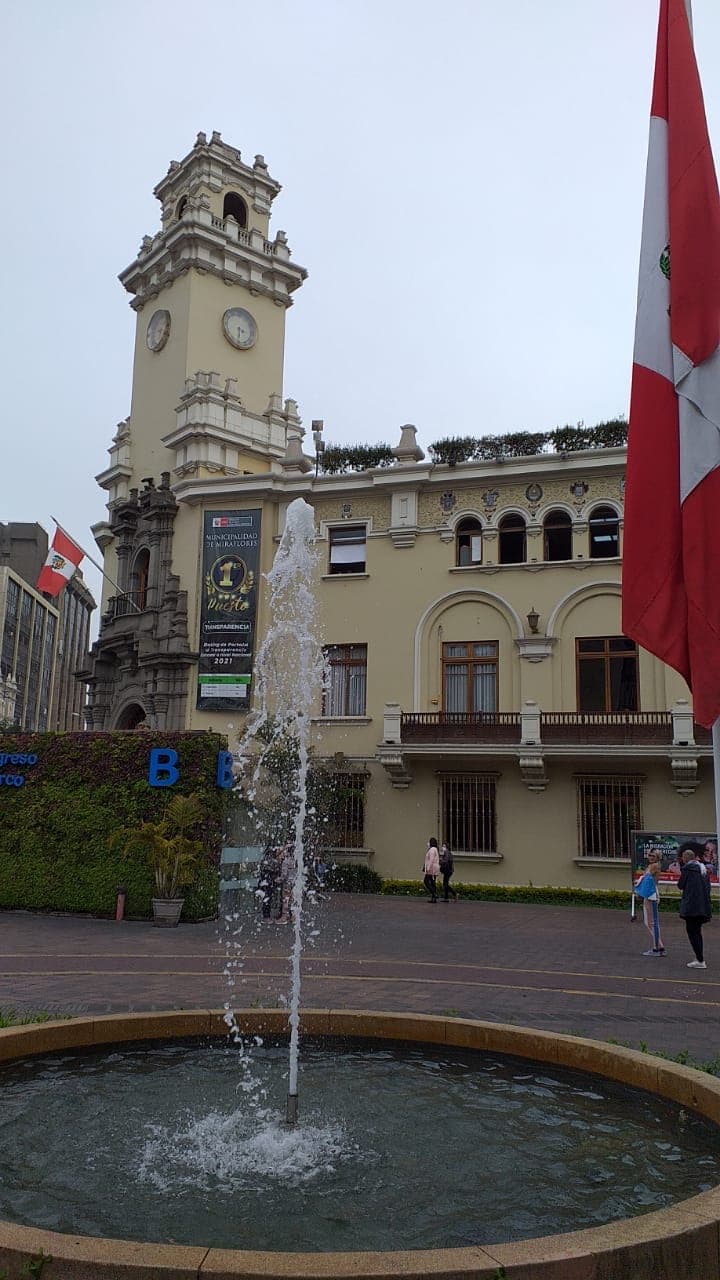
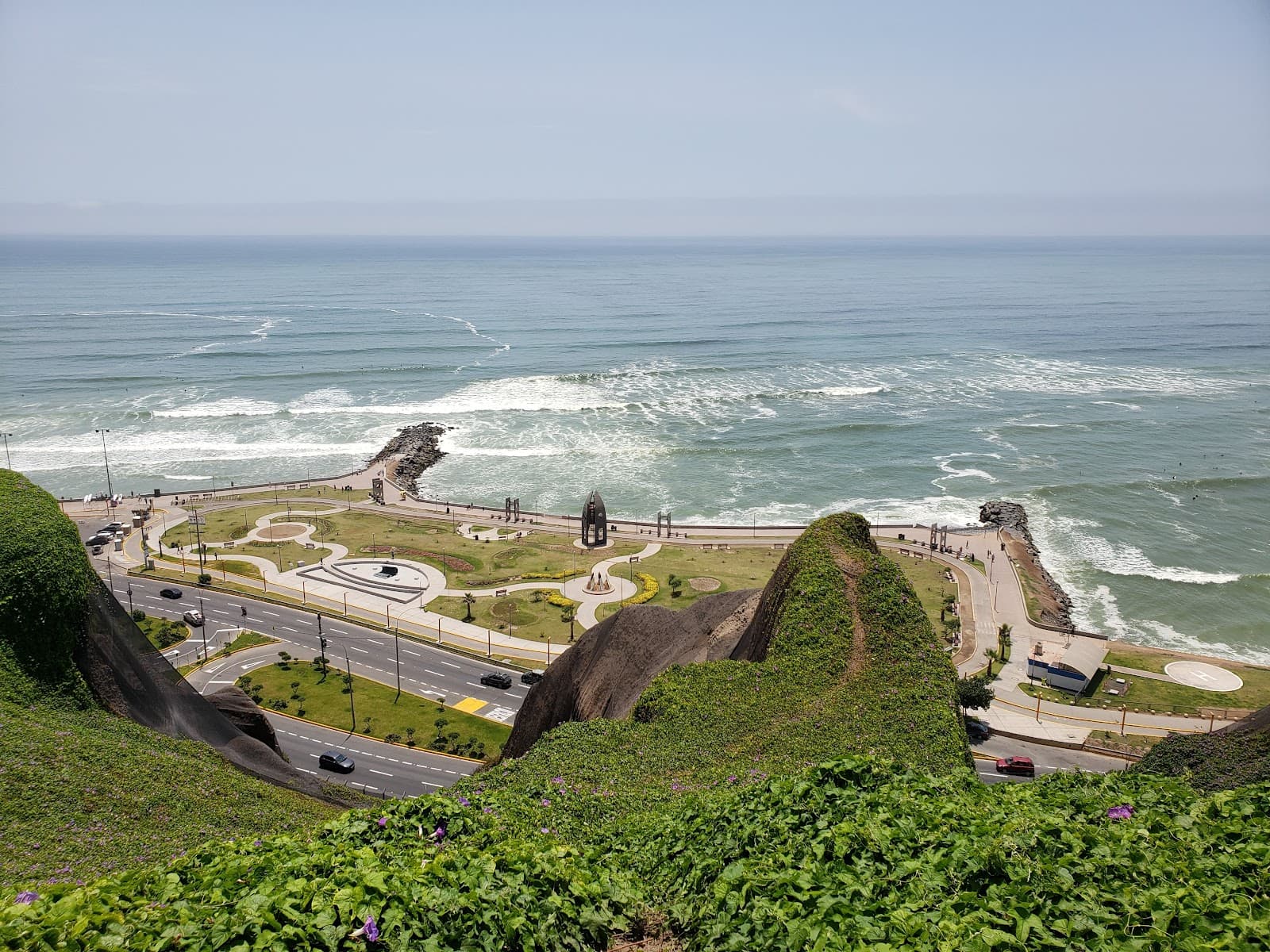
Social
from TikTok, Instagram & Reddit